Nero Portoro Vena Fine Marble
 Italy
(Porto Venere, Provincia di La Spezia, Riviera, Liguria)
Italy
(Porto Venere, Provincia di La Spezia, Riviera, Liguria)
Nero Portoro Vena Fine Marble is an exquisite and luxurious natural stone known for its deep black canvas adorned with lavish golden veins. Quarried in Porto Venere, Provincia di La Spezia, Riviera, Liguria, this marble exudes opulence and sophistication.
The deep black background serves as a rich and elegant canvas, providing a stunning contrast to the opulent golden veins that traverse the surface. The interplay of these contrasting colors creates a visually striking and harmonious composition, making Nero Portoro Vena Fine Marble a unique and highly desirable choice for various high-end applications.
The exclusivity and limited availability of the quarry contribute to the marble's premium status, placing it at the top of the marble price range. However, the beauty and elegance inherent in the deep black and gold combination make it well worth the investment. The rarity of the material adds to its allure, making it a coveted option for those seeking a distinctive and refined aesthetic in their architectural and design projects.
Common applications for Nero Portoro Vena Fine Marble include countertops, flooring, wall cladding, and decorative elements where its unique color combination and luxurious veining can create a truly exceptional and timeless ambiance.
Petrographic definition: limestone
Massa Unit Volume: 2710 kg/m3
Water Absorption: 0.09 %
Breaking Load Compression Simple: 183 MPa
Compression breaking load after freezing: 157 MPa
Tensile indirectly by bending 10.2 MPa
Its coefficient of Abrasion (referred to Granite St. Fedelino): 0.74
Impact resistance: minimum fall height: 25 cm
Coefficient of linear thermal expansion: 5.0 x 10-5 0C-1
Knoop microhardness: 1530 MPa
Index unevenness of hardness: 1.12
Source: Università di Pisa - Politecnico di Torino

What is the coefficient of friction of Chiseled Italy's Nero Portoro Vena Fine Marble tiles?

Is Italy's Nero Portoro Vena Fine Marble an expensive stone?

Can Nero Portoro Vena Fine be used as a kitchen cutting board?

Can Italy's Nero Portoro Vena Fine Marble be used outdoors?

What is the chemical composition of Nero Portoro Vena Fine?

What must be the minimum thickness of a Nero Portoro Vena Fine bathtub?

What is the physical properties of Nero Portoro Vena Fine?

Can Italy's Nero Portoro Vena Fine Marble be used in wall coverings?

What grade is Italy's Nero Portoro Vena Fine Marble?

Can Italy's Nero Portoro Vena Fine Marble be used exterior applications in very humid climates?

Does black marble fade in sunlight?

Is black marble hard to maintain?

How thick is Italy's Nero Portoro Vena Fine Marble slabs?

Can Nero Portoro Vena Fine be used as a mortar and pestle?

Are there color variations of Italy's Nero Portoro Vena Fine Marble?

Can Italy's Nero Portoro Vena Fine Marble be used in a office?

Does black marble scratch easily?

What must be the minimum thickness of a Nero Portoro Vena Fine kitchen countertop?

Is there any marble similar to Nero Portoro Vena Fine?
-

 China
China
 4YRDiamond members are premium members on platform, providing members with comprehensive approach to promoting their products, increasing products exposure and investment return to maximize.
4YRDiamond members are premium members on platform, providing members with comprehensive approach to promoting their products, increasing products exposure and investment return to maximize.
 Verified Supplier is for prove company authenticity,including business license,trade license and effective office space,to enhance buyers' trust to suppliers and their products, reducing communication costs.
Verified Supplier is for prove company authenticity,including business license,trade license and effective office space,to enhance buyers' trust to suppliers and their products, reducing communication costs.
Contact Supplier
-

 China
China
 4YRDiamond members are premium members on platform, providing members with comprehensive approach to promoting their products, increasing products exposure and investment return to maximize.
4YRDiamond members are premium members on platform, providing members with comprehensive approach to promoting their products, increasing products exposure and investment return to maximize.
 Verified Supplier is for prove company authenticity,including business license,trade license and effective office space,to enhance buyers' trust to suppliers and their products, reducing communication costs.
Verified Supplier is for prove company authenticity,including business license,trade license and effective office space,to enhance buyers' trust to suppliers and their products, reducing communication costs.
Contact Supplier
-

 China
China
 4YRDiamond members are premium members on platform, providing members with comprehensive approach to promoting their products, increasing products exposure and investment return to maximize.
4YRDiamond members are premium members on platform, providing members with comprehensive approach to promoting their products, increasing products exposure and investment return to maximize.
 Verified Supplier is for prove company authenticity,including business license,trade license and effective office space,to enhance buyers' trust to suppliers and their products, reducing communication costs.
Verified Supplier is for prove company authenticity,including business license,trade license and effective office space,to enhance buyers' trust to suppliers and their products, reducing communication costs.
Contact Supplier
-

 China
China
 4YRDiamond members are premium members on platform, providing members with comprehensive approach to promoting their products, increasing products exposure and investment return to maximize.
4YRDiamond members are premium members on platform, providing members with comprehensive approach to promoting their products, increasing products exposure and investment return to maximize.
 Verified Supplier is for prove company authenticity,including business license,trade license and effective office space,to enhance buyers' trust to suppliers and their products, reducing communication costs.
Verified Supplier is for prove company authenticity,including business license,trade license and effective office space,to enhance buyers' trust to suppliers and their products, reducing communication costs.
Contact Supplier
-

 China
China
 4YRDiamond members are premium members on platform, providing members with comprehensive approach to promoting their products, increasing products exposure and investment return to maximize.
4YRDiamond members are premium members on platform, providing members with comprehensive approach to promoting their products, increasing products exposure and investment return to maximize.
 Verified Supplier is for prove company authenticity,including business license,trade license and effective office space,to enhance buyers' trust to suppliers and their products, reducing communication costs.
Verified Supplier is for prove company authenticity,including business license,trade license and effective office space,to enhance buyers' trust to suppliers and their products, reducing communication costs.
Contact Supplier
-

 China
China
 4YRDiamond members are premium members on platform, providing members with comprehensive approach to promoting their products, increasing products exposure and investment return to maximize.
4YRDiamond members are premium members on platform, providing members with comprehensive approach to promoting their products, increasing products exposure and investment return to maximize.
 Verified Supplier is for prove company authenticity,including business license,trade license and effective office space,to enhance buyers' trust to suppliers and their products, reducing communication costs.
Verified Supplier is for prove company authenticity,including business license,trade license and effective office space,to enhance buyers' trust to suppliers and their products, reducing communication costs.
Contact Supplier
-

-

Goldtop ( Xiamen ) Imp. & Exp. Co., Ltd.
 China
China
 8YRDiamond members are premium members on platform, providing members with comprehensive approach to promoting their products, increasing products exposure and investment return to maximize.
8YRDiamond members are premium members on platform, providing members with comprehensive approach to promoting their products, increasing products exposure and investment return to maximize.
 Verified Supplier is for prove company authenticity,including business license,trade license and effective office space,to enhance buyers' trust to suppliers and their products, reducing communication costs.
Verified Supplier is for prove company authenticity,including business license,trade license and effective office space,to enhance buyers' trust to suppliers and their products, reducing communication costs.
Contact Supplier
-

-

 China
China
 8YRDiamond members are premium members on platform, providing members with comprehensive approach to promoting their products, increasing products exposure and investment return to maximize.
8YRDiamond members are premium members on platform, providing members with comprehensive approach to promoting their products, increasing products exposure and investment return to maximize.
 Verified Supplier is for prove company authenticity,including business license,trade license and effective office space,to enhance buyers' trust to suppliers and their products, reducing communication costs.
Verified Supplier is for prove company authenticity,including business license,trade license and effective office space,to enhance buyers' trust to suppliers and their products, reducing communication costs.
Contact Supplier
The request includes: 1. surface finished, size 2. quantity required






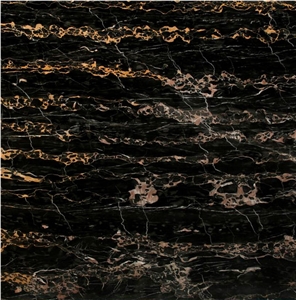
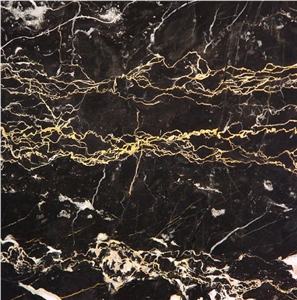
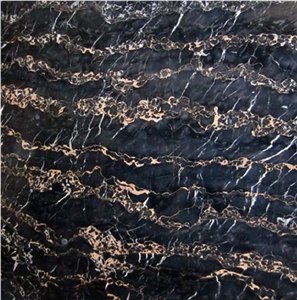
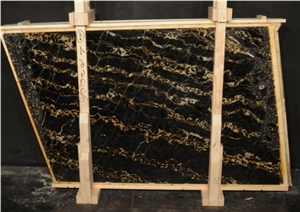
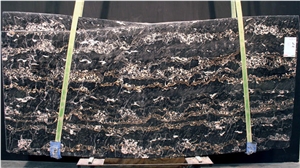

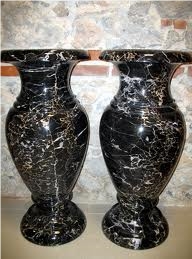

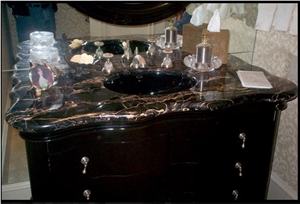
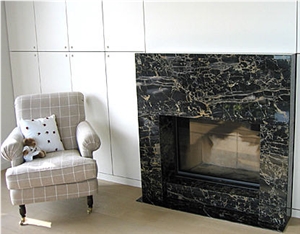
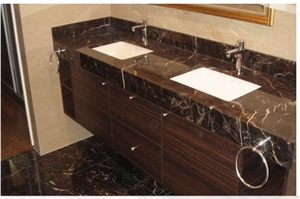
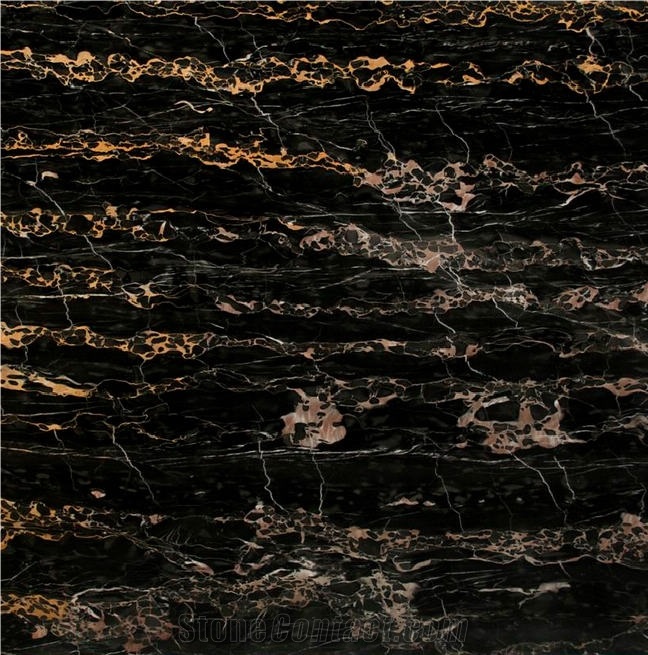
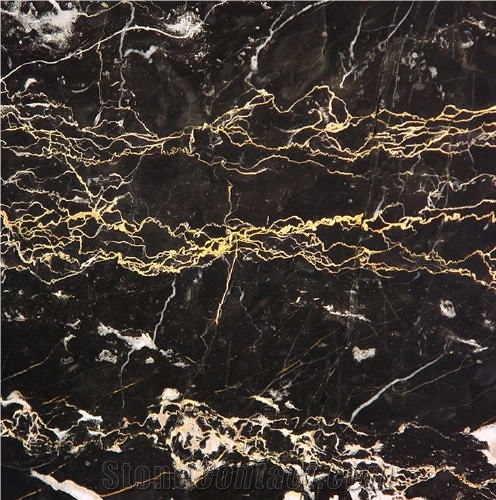
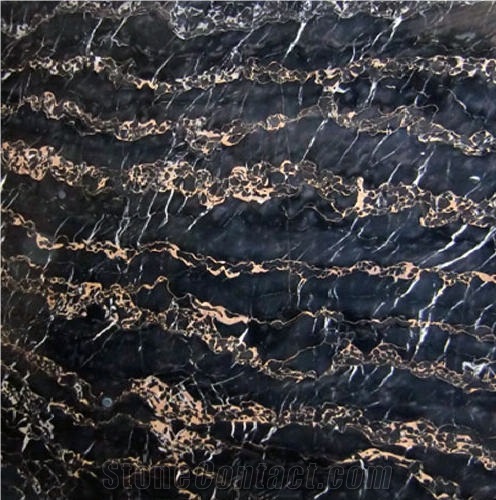
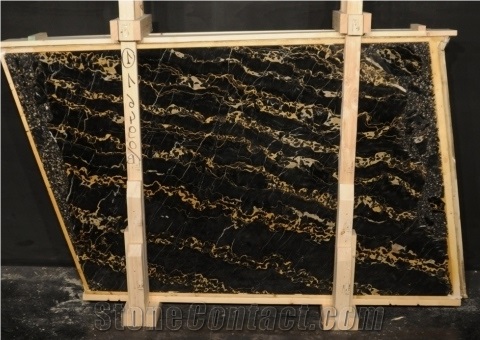
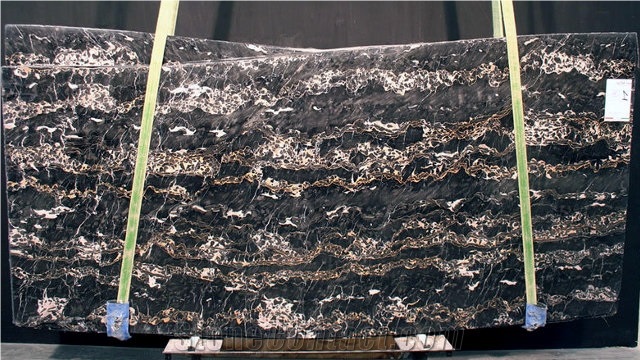
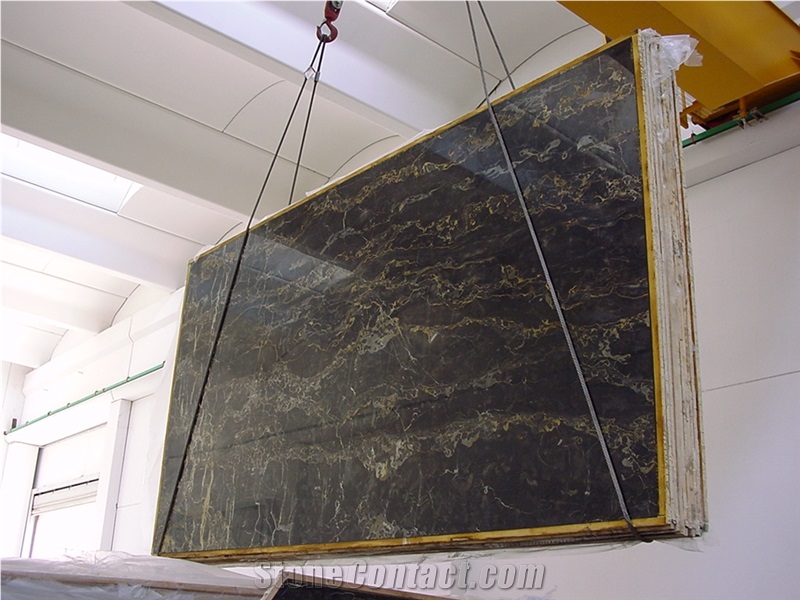
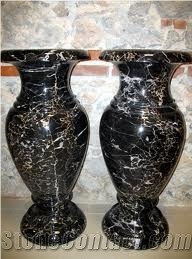
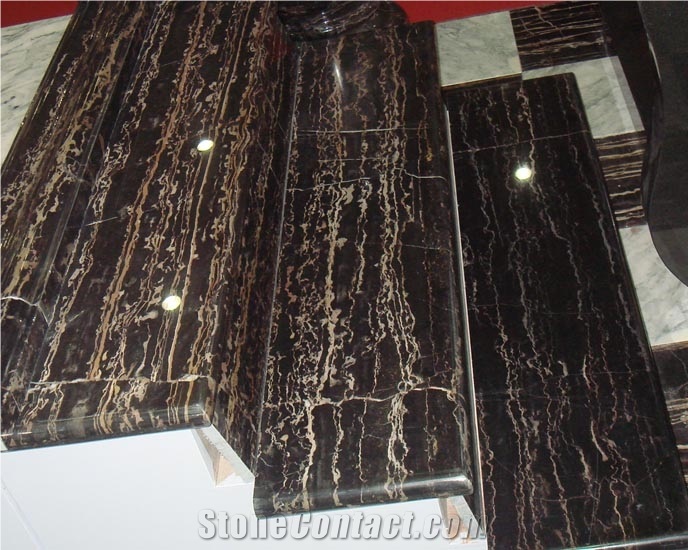
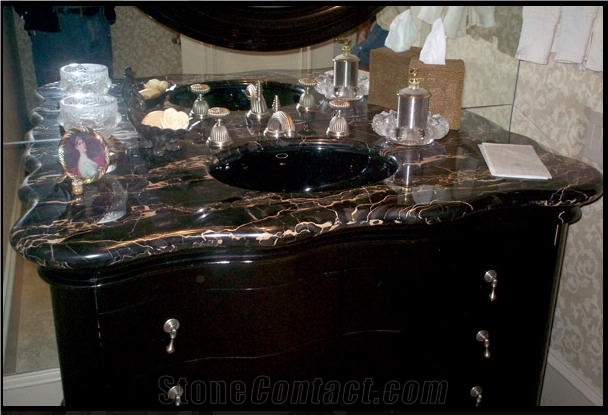
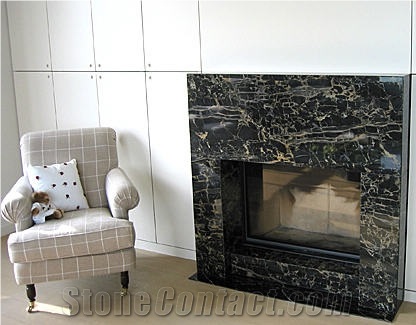
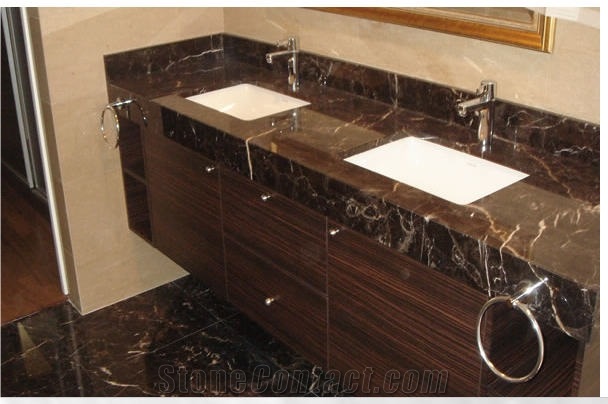
 Russian Federation
Russian Federation